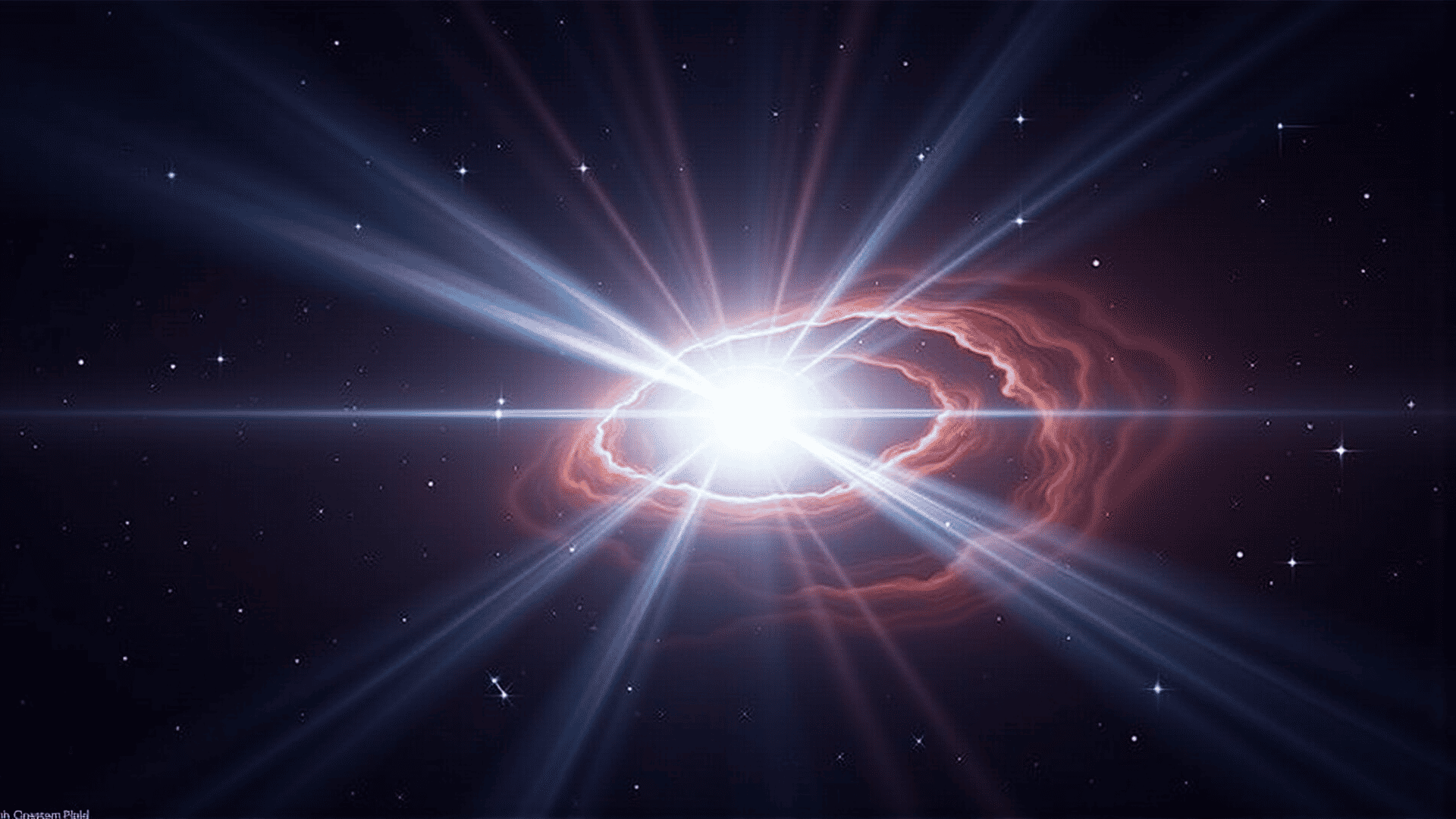A pulsar is an extraordinary star, brimming with energy and mystery. These fascinating objects are essentially rotating neutron stars that have collapsed after a massive star explosion. As remnants of a supernova, pulsars are known for emitting regular beams of electromagnetic radiation, which sweep across the universe like cosmic lighthouse beams.
These celestial bodies are highly magnetized, with magnetic fields often trillions of times stronger than Earth’s. This intense magnetism, coupled with their rapid spin rates, creates beams that pulse at regular intervals. As the pulsar rotates, its magnetic axis is not aligned with its rotational axis. This misalignment causes its emission beams to sweep across space, momentarily pointing toward Earth and creating the characteristic pulsing effect observed by astronomers.
Pulsars are often regarded as cosmic timekeepers due to the precision of their spin rates. Some pulsars can spin hundreds of times per second, maintaining a rhythm so steady they rival atomic clocks in accuracy. This consistency enables them to serve as natural clocks, providing insights into a range of astronomical phenomena.
One of the most compelling roles of these celestial objects is in the testing of fundamental physics. The predictable timing of their signals allows scientists to study the properties of space-time. They have been instrumental in confirming aspects of Einstein’s theory of general relativity, such as the existence of gravitational waves. Observations of pulsars in binary systems—where two stars orbit each other—have provided direct evidence of these ripples in space-time.
Pulsars are also invaluable in understanding the interstellar medium, the matter that exists between stars. As pulsar signals traverse vast distances, they interact with this material, allowing astronomers to glean information about its composition and distribution. This knowledge contributes to our broader understanding of the galaxy’s structure and dynamics.
Moreover, pulsar timing arrays are utilized in the hunt for gravitational waves on an even grander scale. By monitoring the pulses from many pulsars across the sky, scientists hope to detect the subtle distortions caused by gravitational waves as they ripple through the galaxy. This endeavor could potentially shed light on cosmic events, such as black hole mergers, that occur far beyond the reach of traditional observational tools.
In addition to their role in astrophysical research, pulsars have captured the imagination of many as natural beacons in the cosmos. Their rhythmic emissions suggest a cosmic order, a hidden beat in the vast, silent universe. The study of these enigmatic stars continues to push the boundaries of our knowledge, offering glimpses into the extraordinary workings of the universe.
In conclusion, pulsars serve as much more than stellar remnants; they are crucial tools for exploring the universe. Through their precise signals, they provide insights into fundamental physics, cosmic phenomena, and the structure of our galaxy. As we continue to unlock their secrets, pulsars stand as remarkable testament to the intricate and beautiful orchestration of the cosmos.
